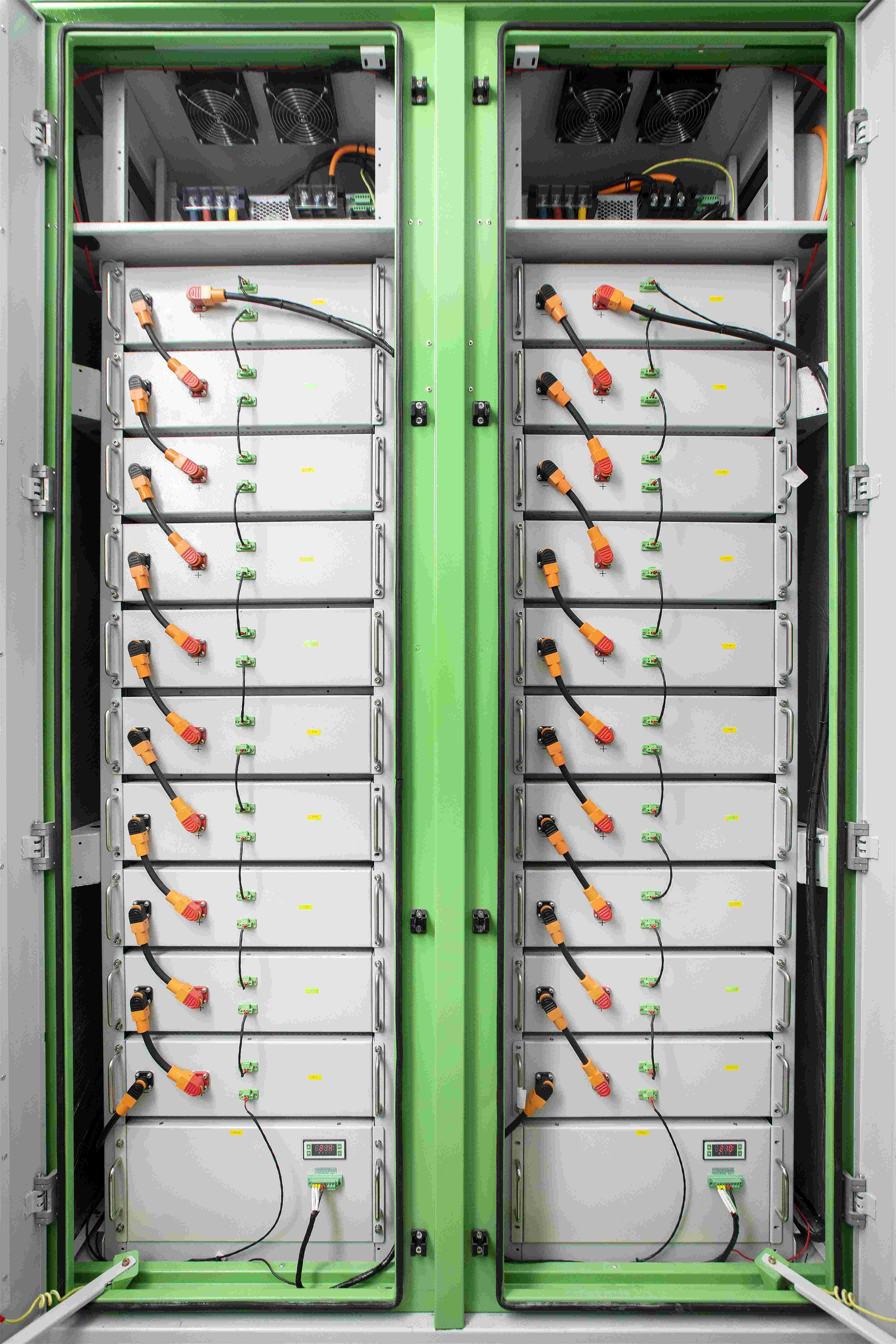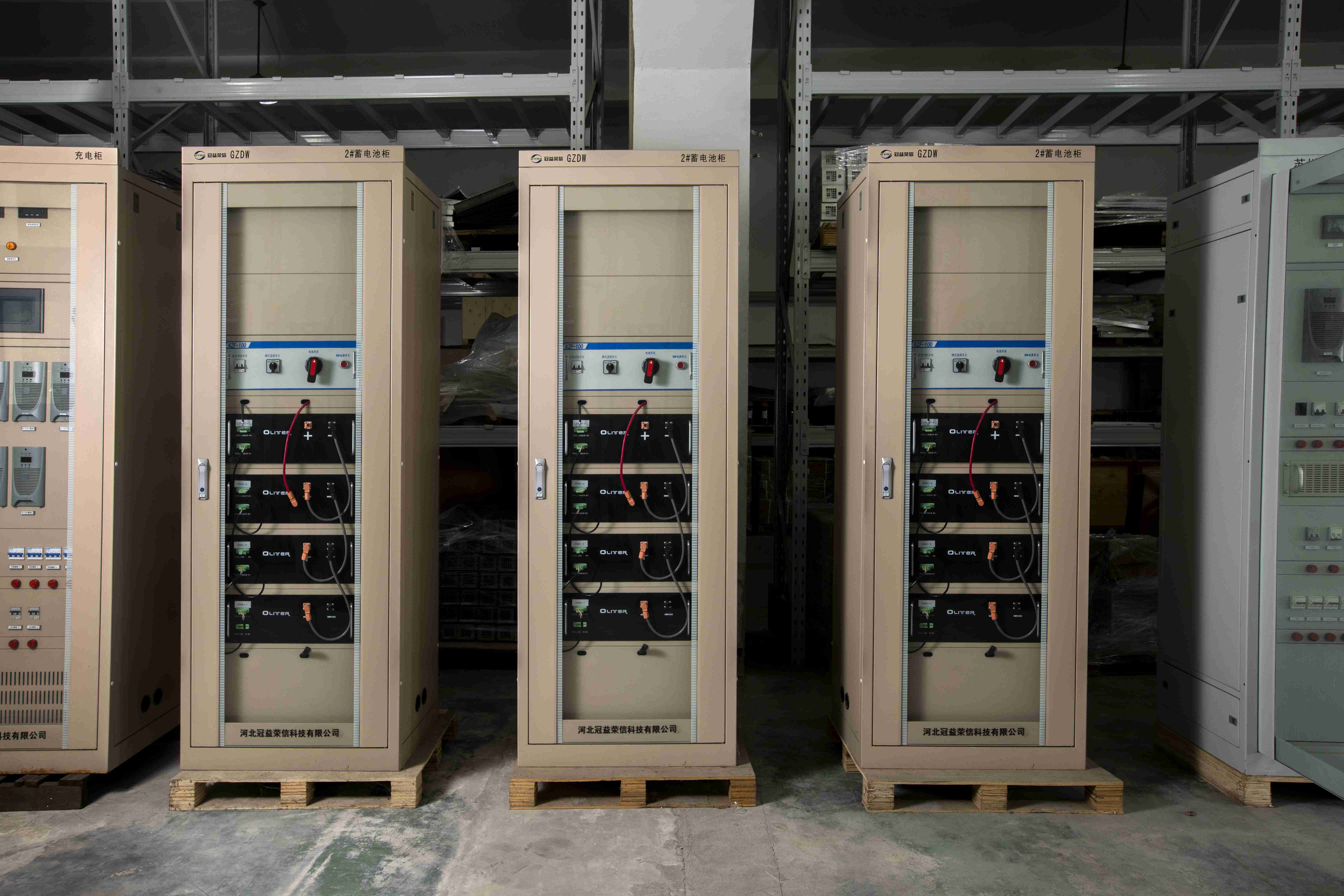
2 月 . 05, 2025 02:12 Back to list
types of energy storage systems
In recent years, the rapid advancement of technology and increasing demand for renewable energy have made energy storage systems more crucial than ever. These systems are key to a sustainable energy future, addressing the intermittent nature of renewable sources and enabling a stable power supply. Understanding the different types of energy storage solutions is essential for industry professionals, policy makers, and consumers alike. Each type of system offers unique benefits and challenges, making them suitable for different applications and scenarios.
Thermal energy storage is gaining attention, especially in solar power applications. This method involves storing energy in the form of heat, which can be converted back into electricity or used directly for heating purposes. Solar thermal storage uses materials like molten salts to store heat collected from solar radiation. This not only extends the usability of solar power beyond daylight hours but also significantly enhances the efficiency of power plants. However, challenges such as heat loss and material corrosion need to be addressed for widespread adoption. Innovative and unconventional solutions like flywheel energy storage are also making waves in the industry. Flywheels store energy in the form of kinetic energy, using a rotating mass. They offer rapid energy discharge and high cycle durability, making them ideal for stabilizing power grids and providing uninterruptible power supply. Nevertheless, the relatively high self-discharge rate and modest energy capacity limit their use to niche applications. Hydrogen energy storage represents a versatile and potentially game-changing option. By using electricity to hydrolyze water, hydrogen can be produced and stored for later use, either as a fuel for hydrogen fuel cells or for combustion. Its appeal lies in the ability to store energy for an extended period without degradation, coupled with its potential to decarbonize sectors like transportation and industry. Challenges include high production costs and infrastructure development for efficient distribution and utilization. As technological advancements continue to improve efficiencies and reduce costs, choosing the right energy storage system becomes more complex yet more critical. Each system's applicability hinges on specific factors such as efficiency, storage capacity, installation cost, location limitations, and environmental impact. Assessing these variables against project requirements is essential to harness the full potential of energy storage technologies, ensuring reliability, cost-effectiveness, and a sustainable energy transition. These diverse energy storage solutions reflect a growing market that is integral to the evolution of energy systems worldwide. As the demand for clean energy escalates, innovative storage technologies will play a vital role in shaping a resilient and sustainable energy landscape, paving the way for future advancements and discoveries.


Thermal energy storage is gaining attention, especially in solar power applications. This method involves storing energy in the form of heat, which can be converted back into electricity or used directly for heating purposes. Solar thermal storage uses materials like molten salts to store heat collected from solar radiation. This not only extends the usability of solar power beyond daylight hours but also significantly enhances the efficiency of power plants. However, challenges such as heat loss and material corrosion need to be addressed for widespread adoption. Innovative and unconventional solutions like flywheel energy storage are also making waves in the industry. Flywheels store energy in the form of kinetic energy, using a rotating mass. They offer rapid energy discharge and high cycle durability, making them ideal for stabilizing power grids and providing uninterruptible power supply. Nevertheless, the relatively high self-discharge rate and modest energy capacity limit their use to niche applications. Hydrogen energy storage represents a versatile and potentially game-changing option. By using electricity to hydrolyze water, hydrogen can be produced and stored for later use, either as a fuel for hydrogen fuel cells or for combustion. Its appeal lies in the ability to store energy for an extended period without degradation, coupled with its potential to decarbonize sectors like transportation and industry. Challenges include high production costs and infrastructure development for efficient distribution and utilization. As technological advancements continue to improve efficiencies and reduce costs, choosing the right energy storage system becomes more complex yet more critical. Each system's applicability hinges on specific factors such as efficiency, storage capacity, installation cost, location limitations, and environmental impact. Assessing these variables against project requirements is essential to harness the full potential of energy storage technologies, ensuring reliability, cost-effectiveness, and a sustainable energy transition. These diverse energy storage solutions reflect a growing market that is integral to the evolution of energy systems worldwide. As the demand for clean energy escalates, innovative storage technologies will play a vital role in shaping a resilient and sustainable energy landscape, paving the way for future advancements and discoveries.
Latest news
-
FREMO Portable Power Station High-Capacity, Lightweight & Reliable
NewsMay.30,2025
-
24V DC Power Supply Certified & Efficient Home Depot Exporters
NewsMay.30,2025
-
12V 2A DC Power Supply for Home Depot Trusted Supplier & Exporter
NewsMay.29,2025
-
Energy Storage Power Station Solutions Reliable & Efficient Products
NewsMay.29,2025
-
Portable Power Station R100 High-Capacity & Reliable Backup Power
NewsMay.29,2025
-
Energy Management System EMS
NewsMar.07,2025


